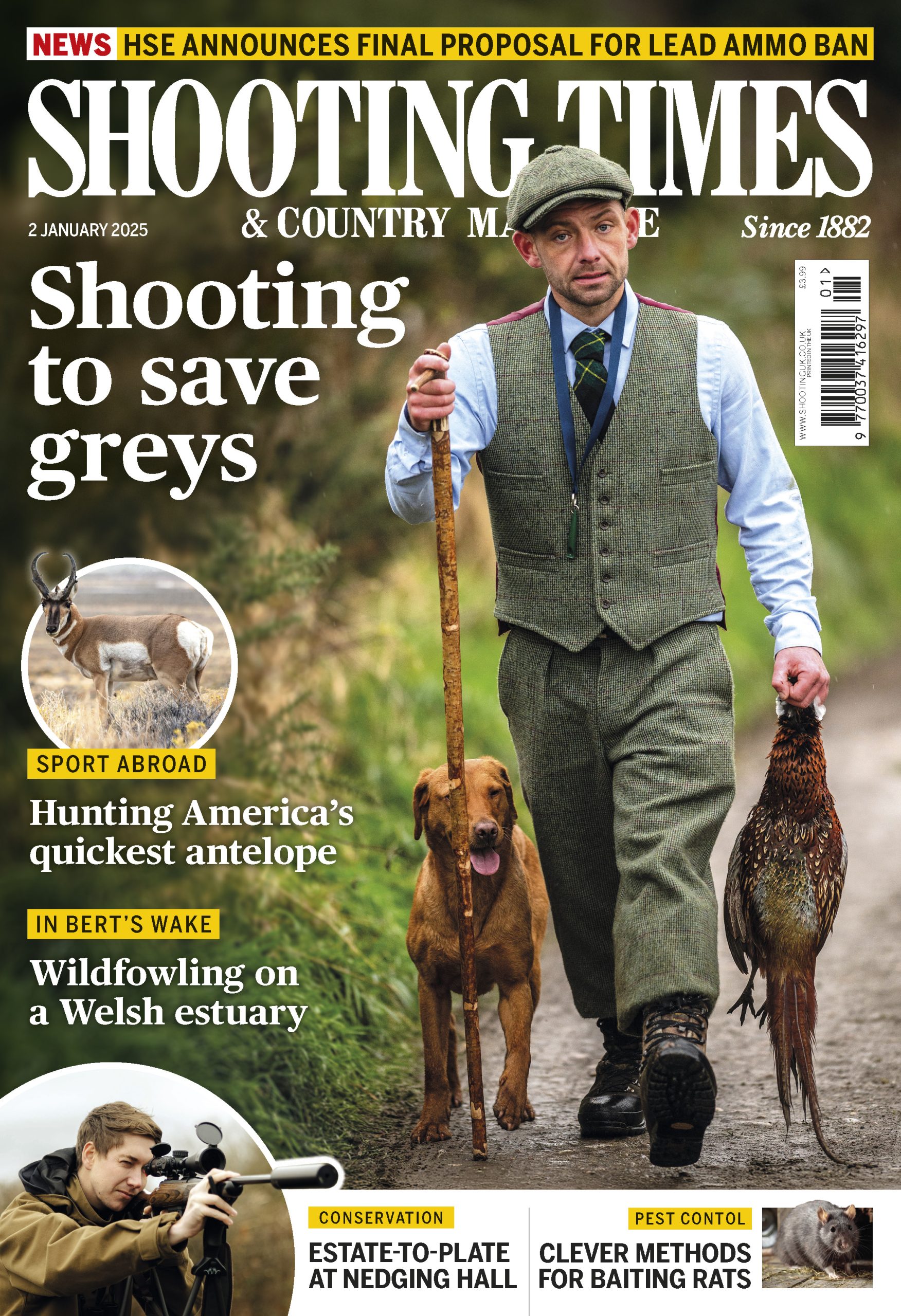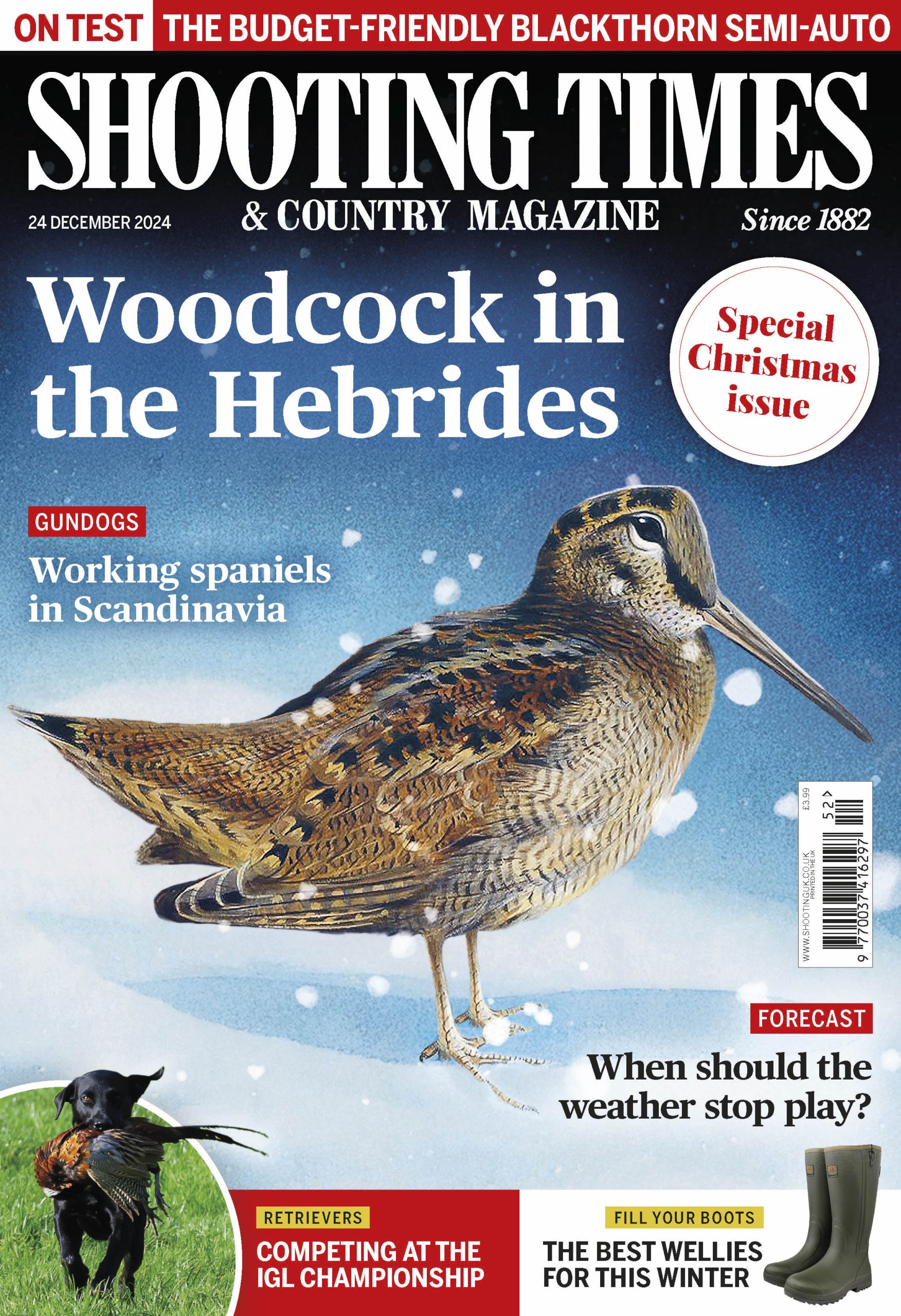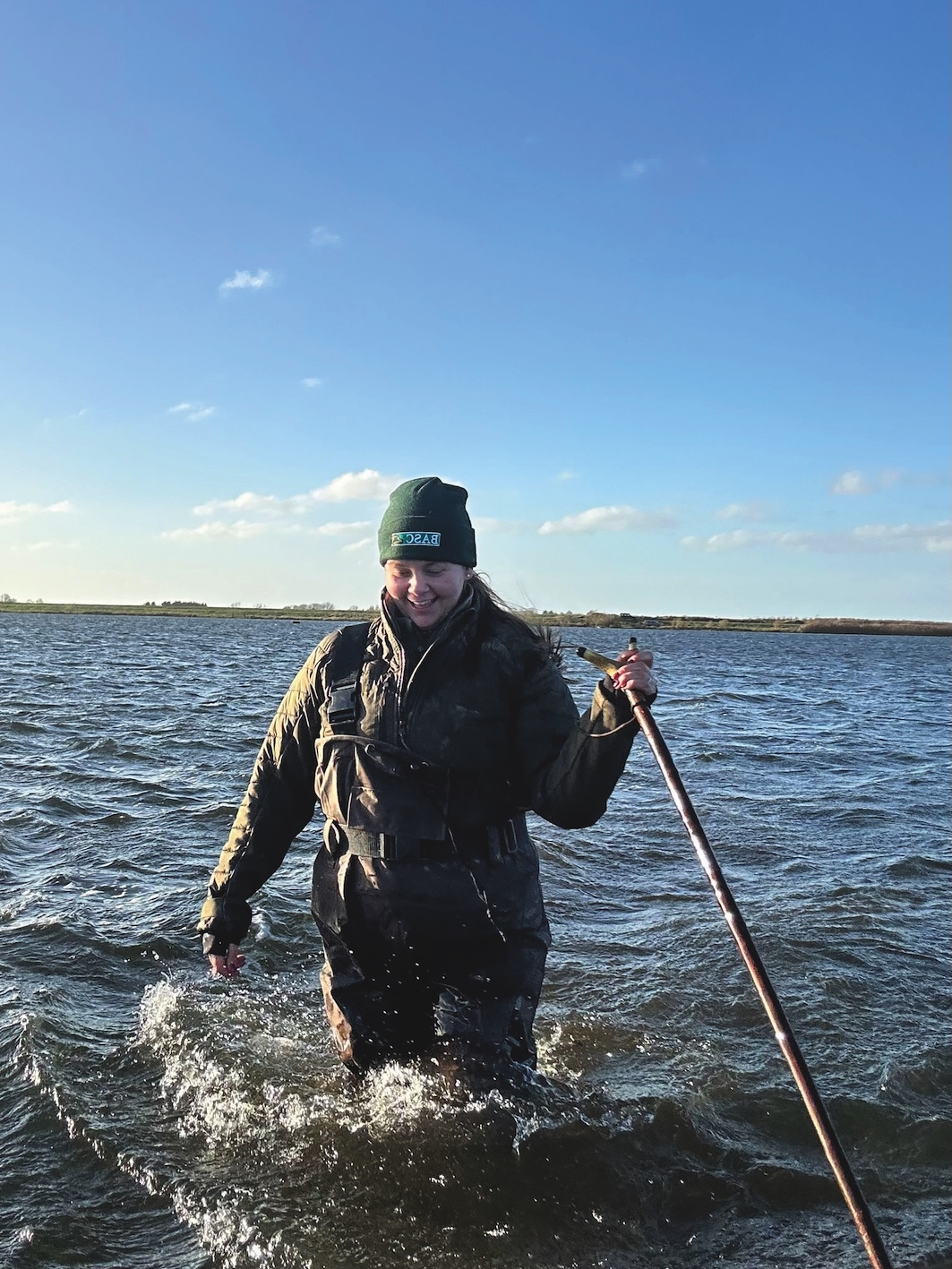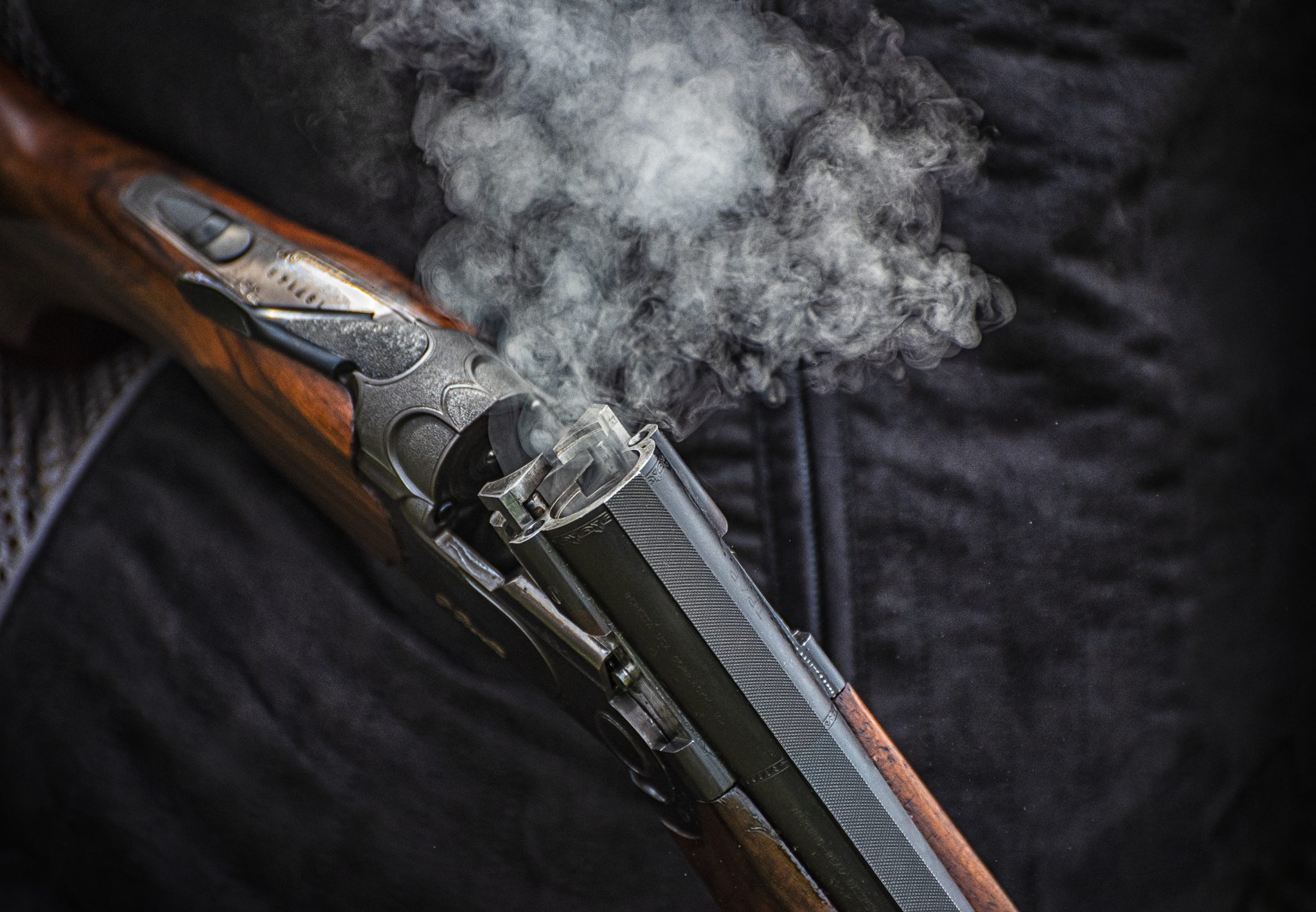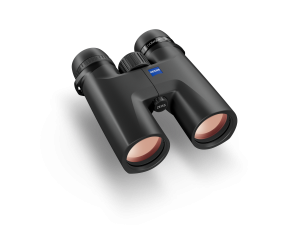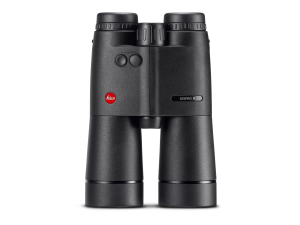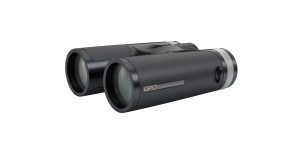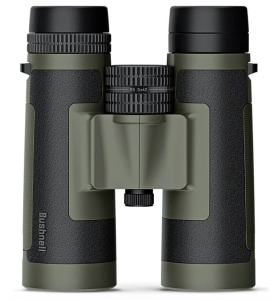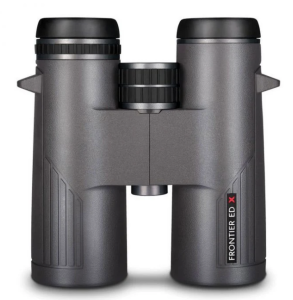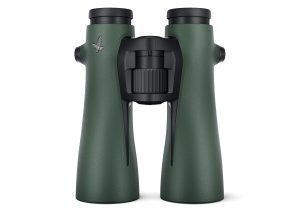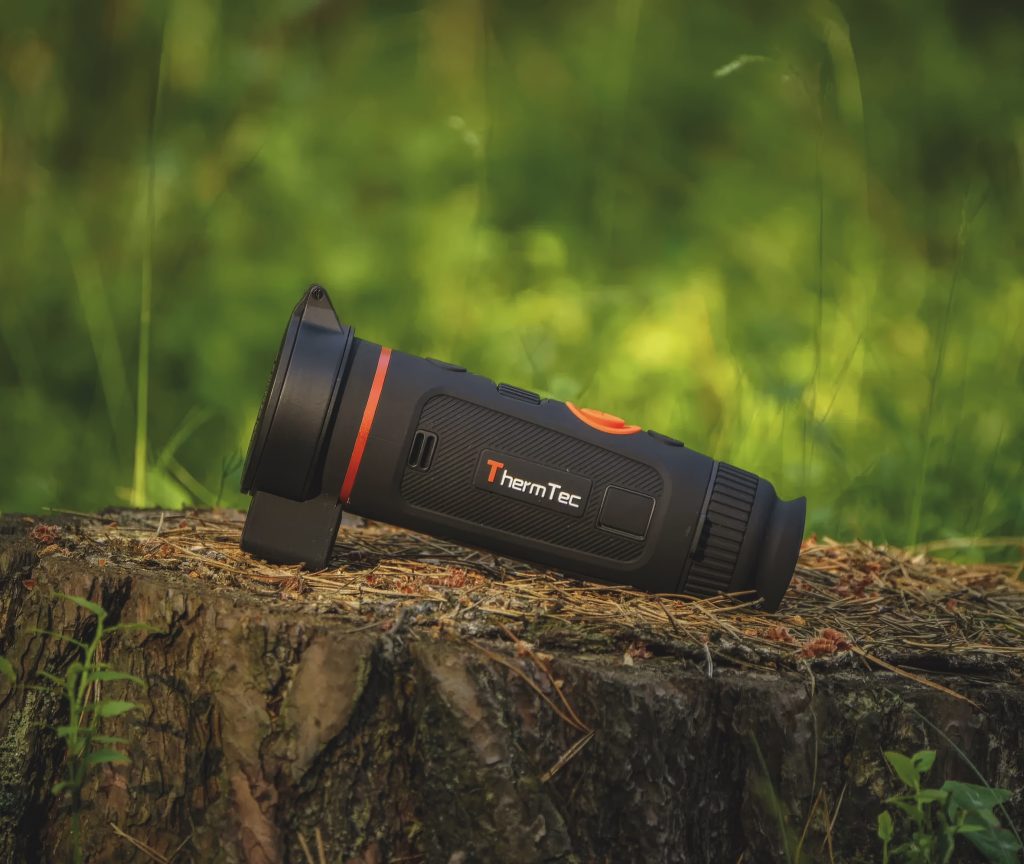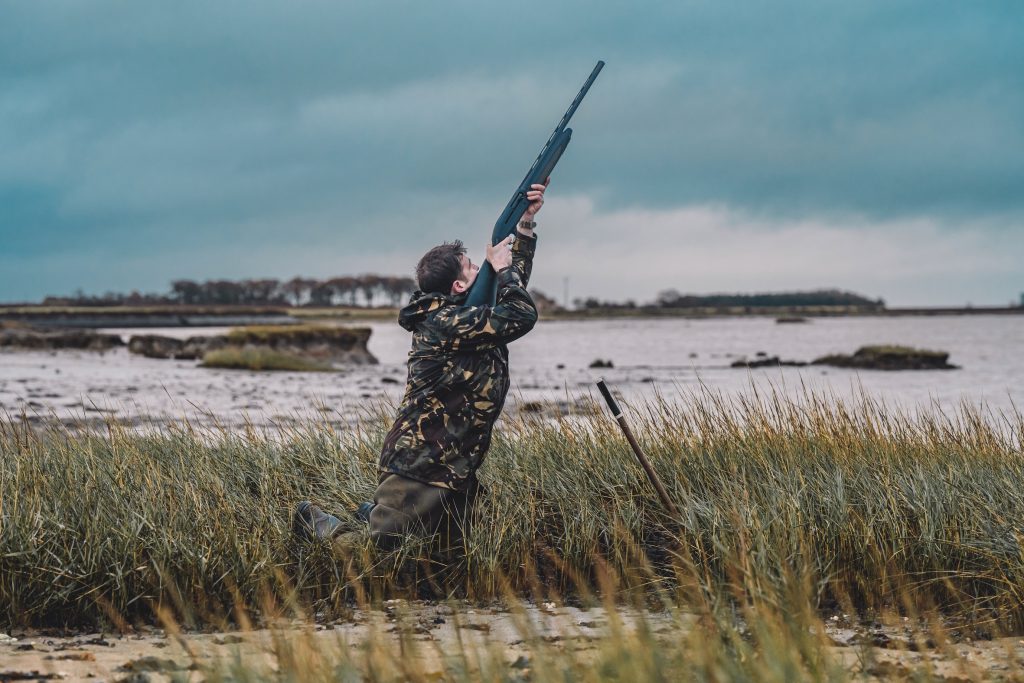Win CENS ProFlex DX5 earplugs worth £1,149 – enter here
Best binoculars of 2025
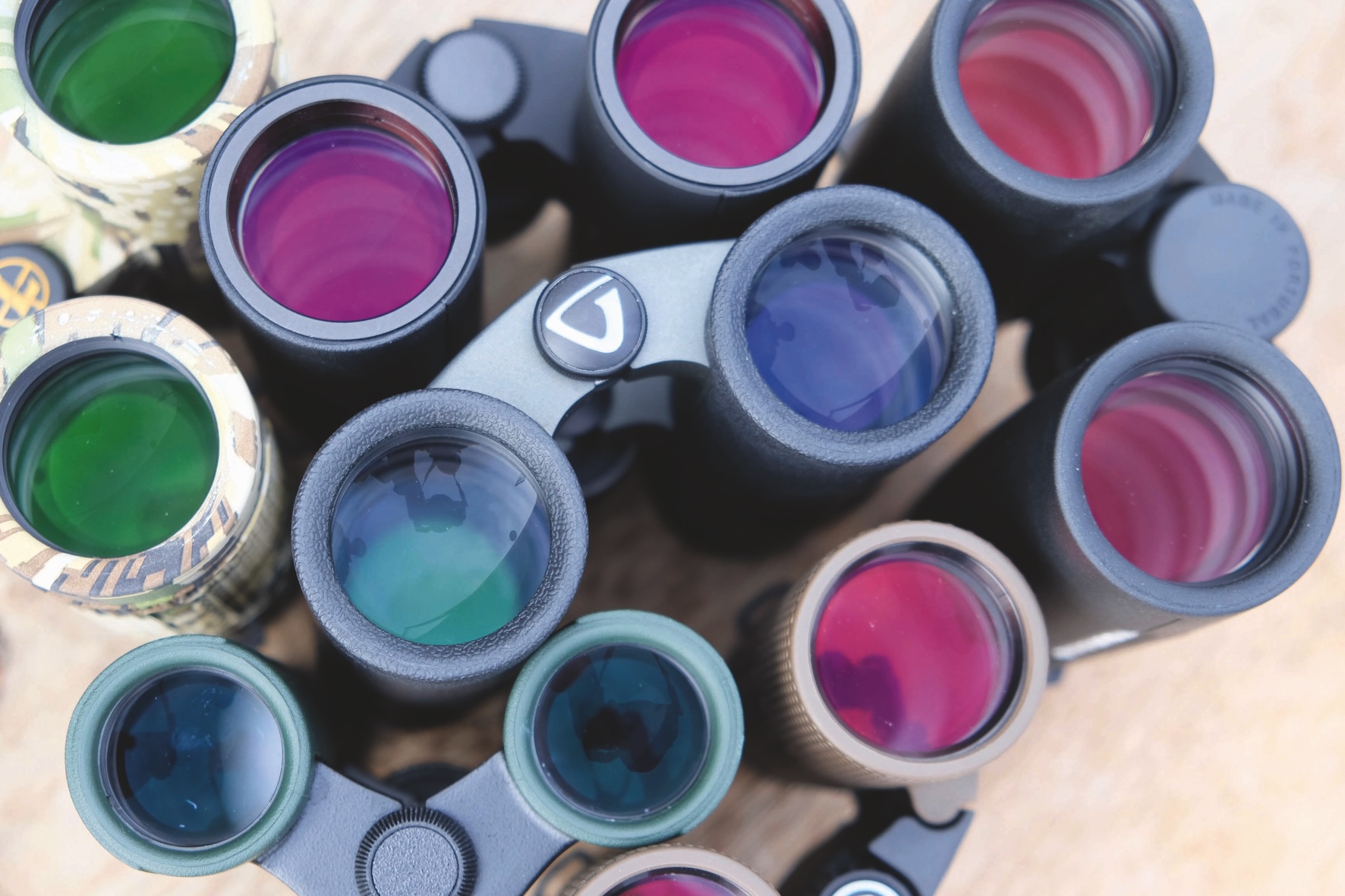
Choosing the Best Binoculars for Hunting in 2025
Today’s hunting binoculars are more than just glass. They’re built with field-ready ergonomics, rugged chassis materials, weatherproofing, and – increasingly – electronics like laser rangefinders and GPS. Whether you’re stalking through woods or scanning a distant valley, the right optic can make the difference between spotting game or going home empty-handed.
This guide covers 2025’s standout models, from flagship giants to budget-friendly performers. All were tested in real-world hunting conditions.
Zeiss Conquest HDX 10×42 | £1,100
Highlights:
-
Premium HDX glass with edge-to-edge clarity
-
Locking dioptre and fast focus wheel
-
Classic black design with minimalist features
-
Weight: Approx. 850g
The new Zeiss Conquest HDX 10×42 combines classic Zeiss quality with a few unexpected features. Although it’s manufactured in Japan, it delivers optical performance comparable to the German-made Conquest HD line.
Testers rated the image clarity extremely highly, especially praising the field-flattening lenses and faithful colour rendition. The coatings are excellent, and the image is bright, crisp, and sharp from centre to edge.
The styling is understated – basic black with no modern texture or flashy accents – but its function is anything but dated. Testers especially liked the tapered eyecups and the retro but comfortable hinge design.
This binocular is perfect for traditionalists who want premium performance without gimmicks.
Leica Geovid R 15×56 LRF | £2,110
Highlights:
-
Built-in laser rangefinder with angle compensation
-
15x magnification ideal for extreme range
-
Ergonomic design with precise controls
-
Not compatible with standard tripod mounts
-
Weight: Over 1,100g
Leica’s Geovid R 15×56 LRF stands out for its ability to combine observation and rangefinding in a single tool. Its powerful 15x magnification makes it ideal for glassing large open areas or mountainous terrain.
This is not a walkabout bino. Due to its size and power, it performs best when tripod-mounted. However, it lacks a traditional tripod mount, which may require aftermarket solutions. Despite this, the controls are intuitive and the image is clear, even during long viewing sessions.
The Geovid R doesn’t include an advanced ballistics calculator or app connectivity – those are reserved for the Geovid Pro line. But for hunters who value simplicity, this is a massive advantage. It gives you two essential pieces of information: what the target is, and how far away it is.
The image quality is classic Leica – bright, vivid, and colour-accurate – even in low light.
Vortex Razor UHD 8×32 and 18×56 | £1,599 / £1,999
Highlights (8×32):
-
Ultra-compact with large field of view
-
Excellent travel optic
-
Thumb indentations for better grip
-
Weight: Approx. 650g
Highlights (18×56):
-
Designed for tripod-mounted long-range glassing
-
Strong, durable build with precision controls
-
Field of view: Wide and immersive
-
Weight: Over 1,000g
The Vortex Razor UHD series is available in multiple sizes, but the 8×32 and 18×56 stood out for their versatility and performance. The 8×32 is lightweight and ideal for stalking or travel. Its image is bright, and testers loved the balance and handling.
The 18×56 model is a large-frame bino aimed at replacing spotting scopes. It features an innovative central bend that accommodates smaller facial structures and children – something competitors often overlook.
Both models include Vortex’s top-tier GlassPak Pro harness and a rangefinder pouch, which adds value. The controls are tight and reliable, the glass is superb, and the field of view is impressive.
Leupold BX-4 Pro Guide HD Gen 2 | £699 (10×42) / £799 (12×50)
Highlights:
-
Includes three sets of interchangeable Form-Fit eyecups
-
Mid-range pricing with premium features
-
Durable build with Pro Guide harness included
-
Image has blue fringing and edge distortion
-
Tripod mount location affects balance
Leupold’s BX-4 Pro Guide HD Gen 2 comes in a range of configurations, including the 10×42 and 12×50 tested here. Both sit between budget and premium brackets and are packed with thoughtful design touches.
The standout feature is the Form-Fit eyecups. These come in low-, medium-profile, and winged variants to block ambient light – perfect for shooters needing more customisation.
While ergonomics and build quality are excellent, the image quality lagged slightly. Testers reported noticeable blue fringing and a narrow field of view, particularly in the 10×42 model.
Nonetheless, the included harness and rugged construction make it a great value pick for hunters needing durable mid-range optics.
GPO Passion SD 10×42 | £299
Highlights:
-
Magnesium chassis – rare at this price point
-
High-transmission glass with decent coatings
-
Some flaring and soft focus wheel
-
Compact, lightweight, and sturdy
-
Comes with a premium case and strap
German Precision Optics has positioned the Passion SD series as the best budget glass around £300. Testers were pleasantly surprised by the magnesium chassis, which offers a sturdy feel compared to plastic-bodied rivals.
The optics are bright and decent for the price, though some flaring and a soft focus wheel were noted. It delivers good in-hand feel and ships with a high-quality zippered case and neck strap.
For those new to stalking or looking for a backup bino, the Passion SD 10×42 is a strong contender in the value bracket.
Bushnell R5 8×42 and 12×50 | £254 / £305
Highlights:
-
Positioned as mid-tier in Bushnell’s R-line
-
Excellent EXO Barrier coatings on exterior lenses
-
Basic controls and average glass
-
Ships with Vault Lite chest harness
-
Lifetime warranty included
Bushnell’s new R5 line fills the gap between budget and premium. Available in 8×42 and 12×50 sizes, both perform respectably for their price, with coatings that enhance brightness and reduce glare.
Testers found the glass acceptable but noted weak eye relief for glasses wearers and slightly spongy controls. That said, the rugged build, handy harness system, and warranty make this a great choice for price-conscious buyers.
The 12×50 edges into tripod territory but remains light enough to be carried all day.
Hawke Frontier ED X 8×42 and 12×50 | £499 / £469
Highlights:
-
Extra-low dispersion glass
-
Trim eyecups and textured rubber armour
-
Long focus wheel rotation: 3 full turns to infinity
-
Available in green or grey
-
Comes with a premium carry case
The Hawke Frontier ED X is built for hunters who want solid optics with British design and decent pricing. Testers appreciated the field resolution and overall sharpness, particularly in the 8×42 version.
The 12×50 is well-balanced and suited for field glassing, but some issues were noted with internal blacking, resulting in light flare. The long throw of the focus wheel also slowed target acquisition.
Still, with good ergonomics, extra-low dispersion glass, and a strong accessory package, this is a compelling buy under £500.
Swarovski NL Pure 10×52 and 14×52 | £2,910 / £2,950
Highlights:
-
Wasp-waist ergonomic design for in-hand balance
-
Massive field of view: 130m at 1,000m (10x)
-
Proprietary tripod mount (sold separately)
-
Exceptional image brightness and edge sharpness
-
Price per ounce is almost £100
The Swarovski NL Pure is as close to perfection as binoculars get. With superb low-light performance, field-flattener lenses, and striking ergonomics, these models deliver an image so lifelike that testers repeatedly reached for them.
The 10×52 is a walkabout giant, while the 14×52 demands tripod mounting. Swarovski’s proprietary tripod adapter is an added cost, but it’s essential to get the most from the powerful glass.
From mountain hunts to pre-dawn scanning, this is the bino for those who demand the best – and are willing to pay for it.
Why not visit our range of riflescopes on 2025 here.
Related Articles
Get the latest news delivered direct to your door
Subscribe to Shooting Times & Country
Discover the ultimate companion for field sports enthusiasts with Shooting Times & Country Magazine, the UK’s leading weekly publication that has been at the forefront of shooting culture since 1882. Subscribers gain access to expert tips, comprehensive gear reviews, seasonal advice and a vibrant community of like-minded shooters.
Save on shop price when you subscribe with weekly issues featuring in-depth articles on gundog training, exclusive member offers and access to the digital back issue library. A Shooting Times & Country subscription is more than a magazine, don’t just read about the countryside; immerse yourself in its most authoritative and engaging publication.
